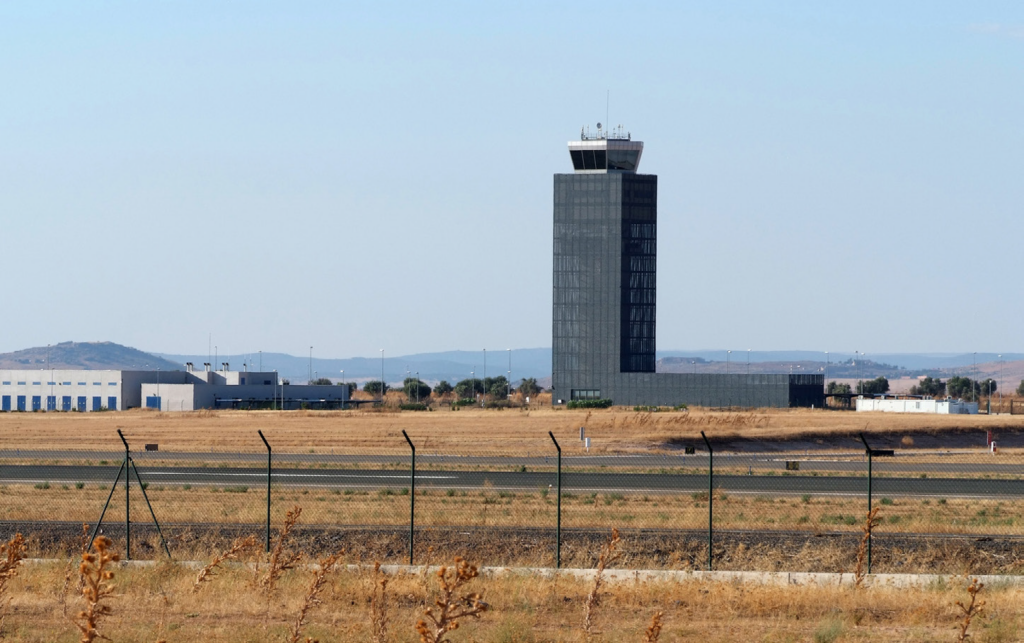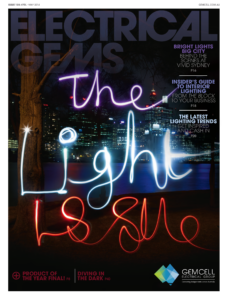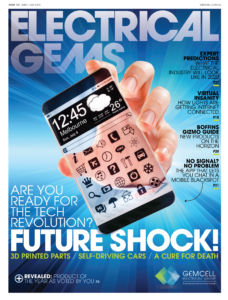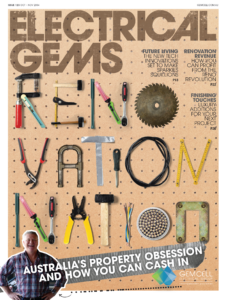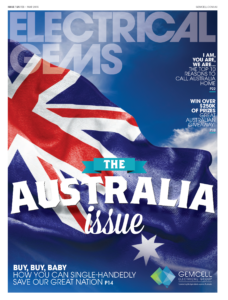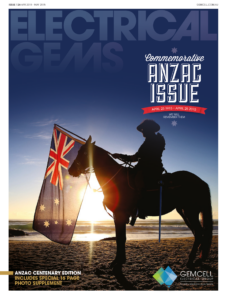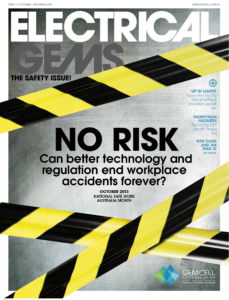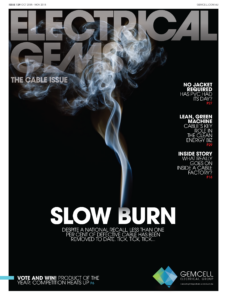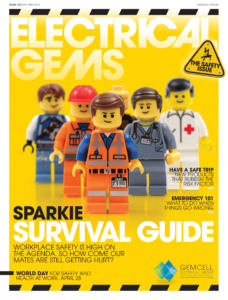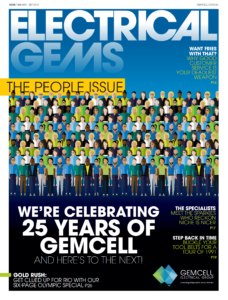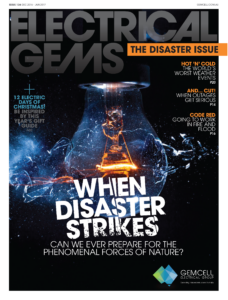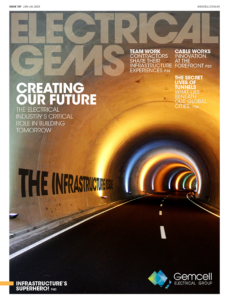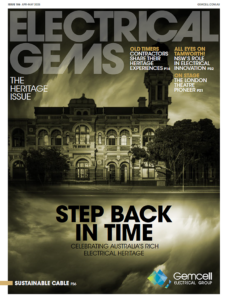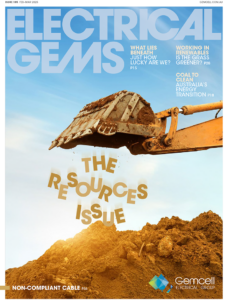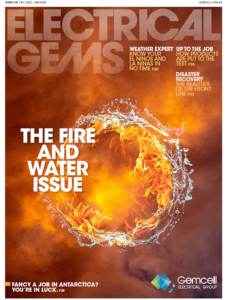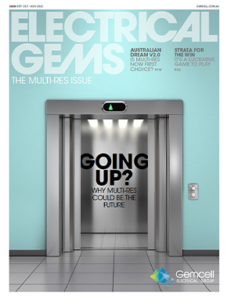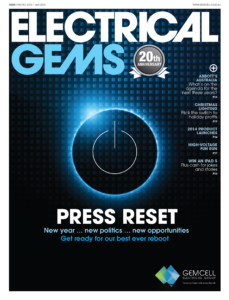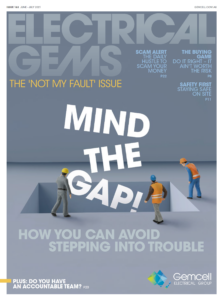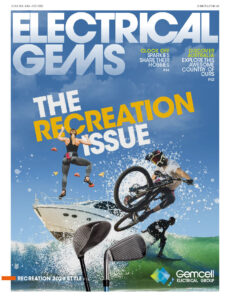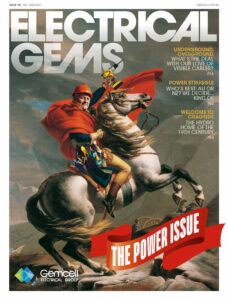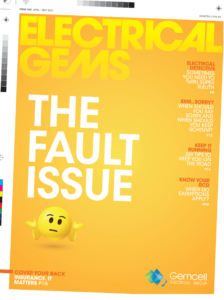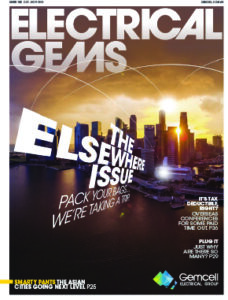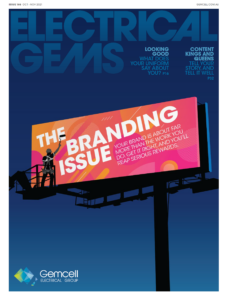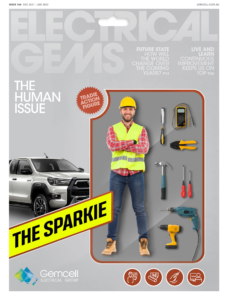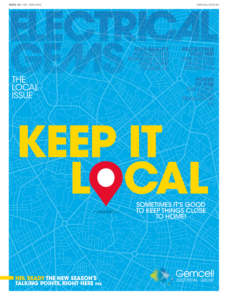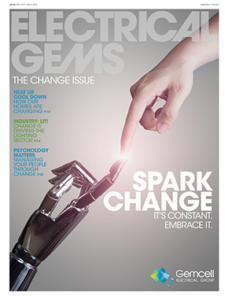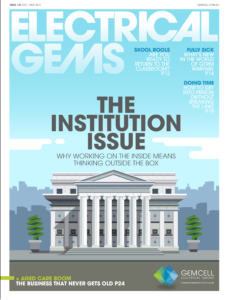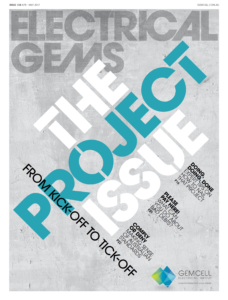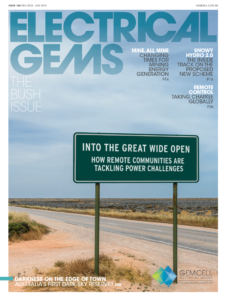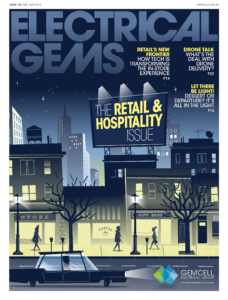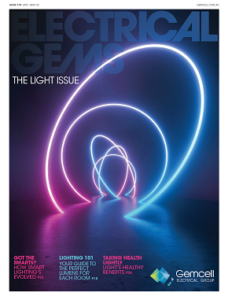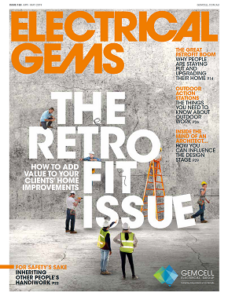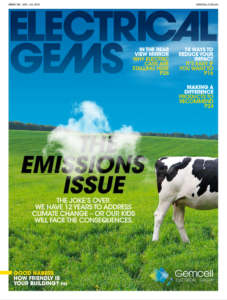Overambitious infrastructure projects that may have looked good on paper, but simply shouldn’t have become reality.
The Bridge to Nowhere, Scotland
On the Isle of Lewis in the Scottish Outer Hebrides lies the Bridge to Nowhere. Today, you get to the bridge at the end of a road on the north-east side of the island – and there’s nothing on the other end of it. The bridge was part of an early 20th Century scheme by Lord Leverhulme (who founded soap manufacturer Lever Brothers) to revolutionise the lives of the inhabitants of Lewis by building a road from the village of Tolsta to Ness. But, due to a number of factors, he didn’t.
Ciudad Real Central Airport, Spain
Ciudad Real Central Airport, Spain’s first private international airport opened in 2009, at a cost of €1.1 billion, and it had already been beset by a few problems, including being located in a Bird Special Protection Area and in the middle of an inactive volcanic field, which delayed opening for five years. Location seems to have been the biggest issue – it’s right in the middle of the country, but close to nothing in particular, and when a planned high-speed rail link between Madrid and Seville failed to go ahead, the project was scuppered. The airport was sold in 2016, and has been used for some general aviation activity, but nothing involving passengers.
El Helicoide, Venezuela
Built in the 1950s in Caracas, El Helicoide was to be the world’s first drive-thru shopping mall, with ramps spiralling up to 300 boutiques. The concept was conceived in the post-WW2 book under the military dictatorship of Marcos Perez Jimenez – and when construction was finished, it could be seen from everywhere in Caracas. However, Jimenez was overthrown before it could be completed and opened, and it stood dormant for years. Instead of being a symbol of decadence and modernity, it was repurposed as a prison in the 80s, and is still used as such today.
Pier 1 Playground, New York
If you’re a parent, you can tell when things are designed or created for kids by non-parents. The age targeting isn’t right. The idea is completely impractical. Or something else just makes the creation unusable. Case in point, the Pier 1 Playground in New York. This playground was opened in the late 2000s, and featured a whole load of climbing equipment made of steel. Looked great. Problem was, when the sun came out, the steel heated up, with temperatures enabling people to literally fry eggs. Needless to say, the playground was quickly revamped.
Monorail, Sydney
When you hear the word ‘monorail’, two things come to mind – Sydney, and The Simpsons. And while Lyle Langley has never been seen on Australian shores (nothing reported, anyway), the lingering feeling a decade or so after the monorail was dismantled is similar. The eight-stop, 3.6km monorail was launched in 1988 to connect the city and Darling Harbour, and won out over the light rail as the new transport option for the city. Even before it was launched, it faced serious opposition – Lord Mayor Clover Moore described it as “the most offensive structure to assault our city since the Cahill Expressway”, while architect Harry Seidler called it “the most tragic thing that happened to the urban fabric of Sydney”. The $50 million project closed in 2013 after making 70 million passenger trips in 25 years – a figure some single Sydney train lines get close to in a single year. Mono-d’oh.
Simpsons – Monorail Song
Click here to read more about weird and wonderful buildings from around the world. Check out some of the world’s strangest renovations!




